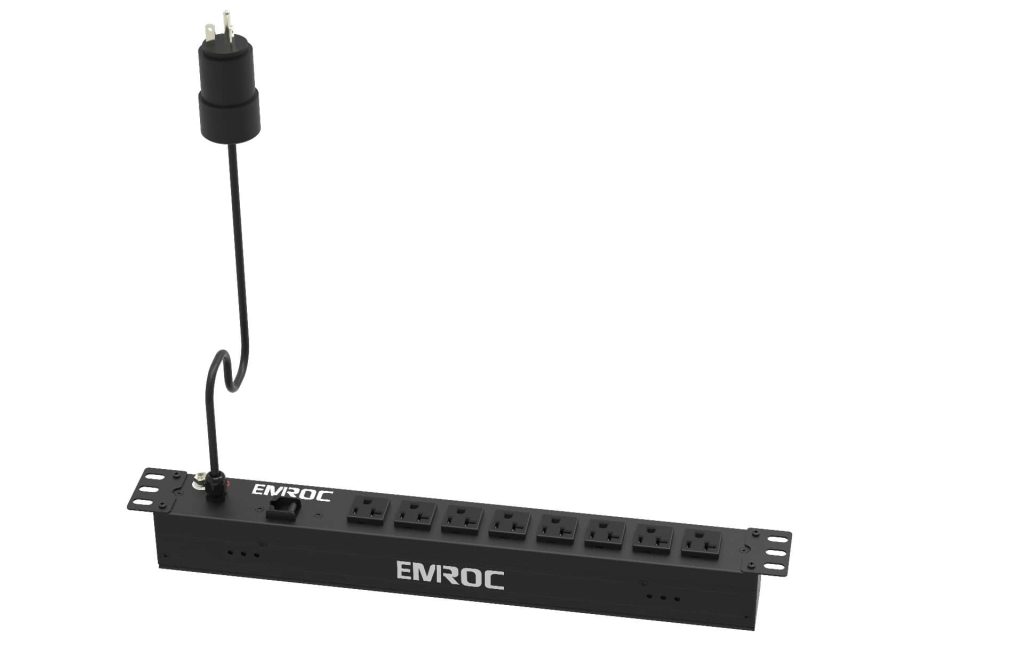In the realm of modern technology and data-driven operations, the efficient and reliable distribution of electrical power is paramount. This responsibility falls upon an often-overlooked yet vital component known as the Power Distribution Unit (PDU). PDUs are the unsung heroes of data centers, industrial facilities, and even everyday office environments. In this article, we will explore the significance of PDUs, their types, and the crucial role they play in ensuring the smooth operation of various electronic systems.

Understanding Power Distribution Units (PDUs) At its core, a Power Distribution Unit (PDU) is a device designed to distribute electrical power to multiple connected devices or equipment. Think of it as the traffic cop of electricity, controlling the flow of power to various destinations efficiently and safely. PDUs are integral components in scenarios where multiple devices need power in a single location. Types of PDUs PDUs come in various types, each tailored to specific applications and environments. Here are some common PDU types: Basic PDUs:These are the simplest form of PDUs and provide essential power distribution without any additional features. They are often used in non-critical applications where basic power distribution is sufficient. Metered PDUs:Metered PDUs, as the name suggests, offer the added benefit of power monitoring. They allow users to measure and track power usage, helping to optimize energy efficiency and prevent overloads. Switched PDUs:Switched PDUs combine power distribution with remote control capabilities. Users can remotely turn outlets on or off, enabling efficient management of connected devices, rebooting equipment, and enhancing overall system control. Monitored and Switched PDUs:These PDUs offer the benefits of both metered and switched PDUs. They provide power monitoring and remote control, giving users detailed insights into power consumption and the ability to remotely manage devices. Rack-Mount PDUs:These PDUs are designed to be mounted within server racks, making them ideal for data center environments. They come in various configurations, such as horizontal and vertical mount, to accommodate different rack setups. Floor-Mount PDUs:Floor-mounted PDUs are suitable for industrial settings and larger installations where rack mounting is not practical. They are rugged and capable of handling higher power loads. The Crucial Role of PDUs PDUs are the backbone of power management in modern infrastructure. Their importance cannot be overstated, and here’s why: Reliability:PDUs ensure a reliable supply of power to critical equipment. Redundant PDUs can be used to provide backup power, minimizing the risk of downtime due to power failures. Efficiency:Metered PDUs help organizations monitor power usage, allowing them to identify inefficiencies and reduce energy consumption, ultimately leading to cost savings. Remote Management:Switched PDUs enable remote management of connected devices. This feature is particularly valuable in data centers, where IT administrators can perform tasks like rebooting servers without physical access. Safety:PDUs incorporate safety features like surge protection, overload protection, and circuit breakers, safeguarding equipment from electrical damage. Scalability:As organizations expand, they can easily scale their power distribution infrastructure by adding more PDUs to accommodate growing demands. Conclusion Power Distribution Units (PDUs) may not always be in the spotlight, but their role in modern infrastructure is indispensable. From basic power distribution to advanced monitoring and control, PDUs play a crucial part in ensuring the availability, efficiency, and safety of electrical power in a wide range of applications. As technology continues to advance, the importance of these unassuming devices will only grow, making them a cornerstone of our increasingly electrified world.